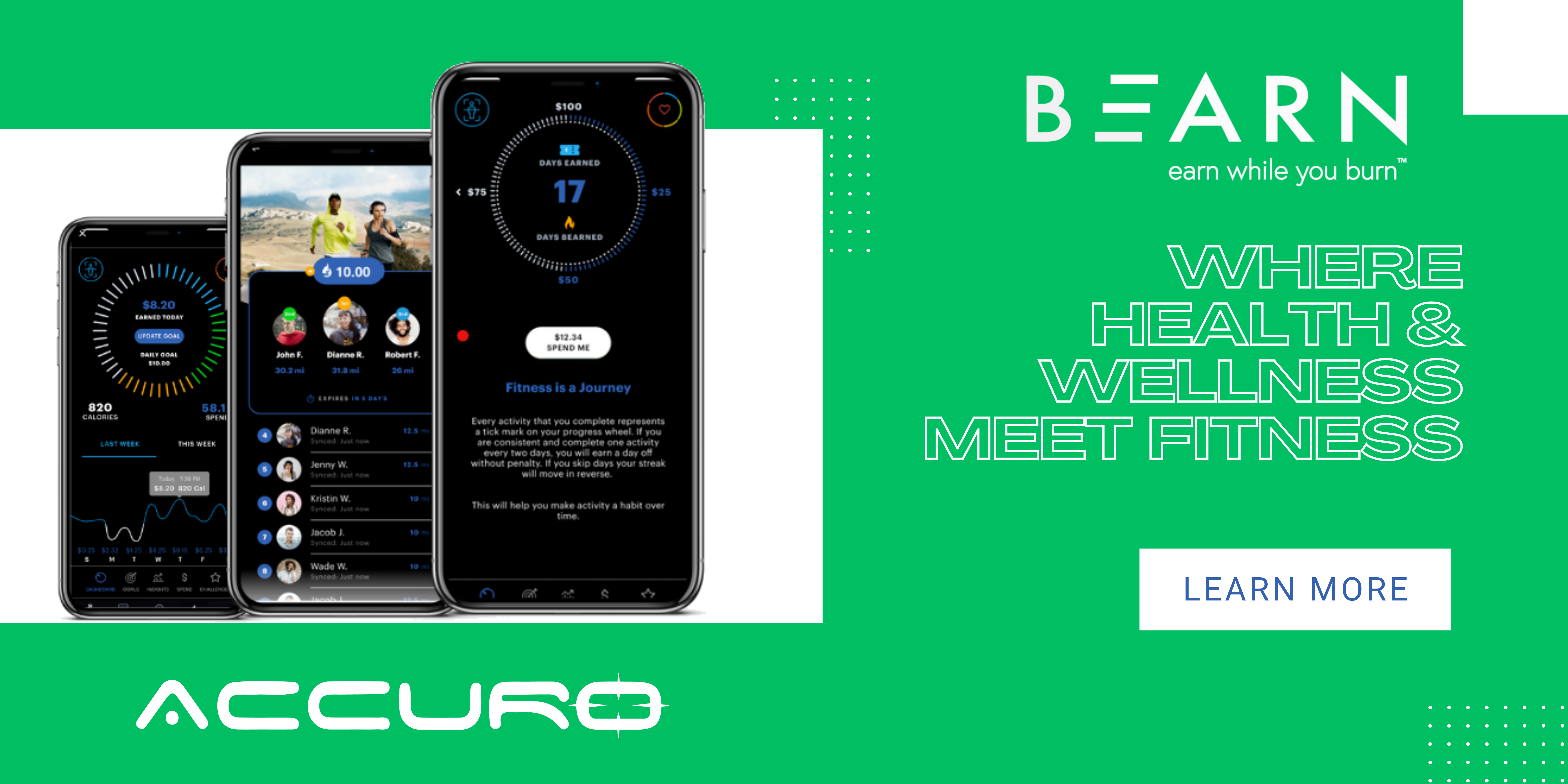Elevating the Group Fitness Experience: Harnessing the Power of Heart Rate Monitoring
In the dynamic world of fitness studios, staying ahead of the curve is essential to retaining members and attracting new ones. One innovative tool that can significantly enhance the member experience is heart rate monitoring. Group fitness managers and directors play a pivotal role in integrating this technology effectively and, in doing so, can make a compelling business case to demonstrate its value to studio owners.
Understanding Heart Rate Monitoring
Heart rate monitoring involves tracking the beats per minute (BPM) of an individual's heart during physical activity. This real-time data provides valuable insights into the intensity of a workout, allowing both instructors and participants to tailor their efforts for maximum results. Here's how group fitness managers and directors can utilize this technology:
1. Customized Workouts
By using heart rate monitoring devices, instructors can gauge the intensity level of each participant. This data enables them to adapt exercises on the fly, ensuring that everyone gets a challenging, yet safe, workout. For instance, they can encourage individuals to push harder or ease off as needed.
2. Engagement and Motivation
Visualizing their heart rate zones on a screen or app can be highly motivating for participants. Group fitness managers can use this as a tool to keep members engaged throughout the class, as they strive to achieve and maintain their target heart rate zones.
3. Progress Tracking
Heart rate monitoring also aids in long-term progress tracking. Over time, members can see improvements in their fitness by observing changes in their heart rate responses to exercises. This tangible evidence of progress can boost member retention rates.
4. Injury Prevention
Monitoring heart rates can help instructors identify signs of overexertion or potential health issues during a class, allowing for timely intervention to prevent injuries.
Building a Business Case for Heart Rate Monitoring
Now, let's delve into how group fitness managers and directors can present a compelling business case to studio owners:
1. Member Retention
Heart rate monitoring has been shown to increase member engagement and motivation, which can directly impact retention rates. Higher retention means a more stable and profitable studio.
2. Competitive Edge
Incorporating cutting-edge technology like heart rate monitoring sets your studio apart from the competition. It's a unique selling point that can attract fitness enthusiasts seeking an innovative and data-driven fitness experience.
3. Data-Driven Insights
Collecting data on members' workouts through heart rate monitoring provides valuable insights into class effectiveness. Use this data to fine-tune class schedules, tailor programs, and optimize studio resources.
4. Marketing Potential
Highlighting the use of heart rate monitoring in marketing materials can attract tech-savvy fitness enthusiasts who are looking for a modern and results-oriented fitness experience.
5. Health and Safety
Emphasize the role of heart rate monitoring in ensuring member safety. It can help detect early signs of overexertion, reducing the risk of injuries within your studio.
6. ROI Analysis
To make a strong case, provide a detailed analysis of the return on investment (ROI) of implementing heart rate monitoring. Compare the cost of the technology to the potential revenue generated from increased membership and member retention.
In conclusion, group fitness managers and directors are pivotal in harnessing the benefits of heart rate monitoring to enhance the member experience at fitness studios. By focusing on customization, motivation, progress tracking, and safety, they can not only boost member satisfaction but also make a convincing case to studio owners. Heart rate monitoring isn't just a trend; it's a valuable tool that can elevate your studio's success in an increasingly competitive fitness industry.




Join the conversation